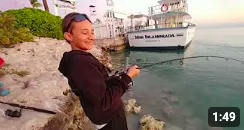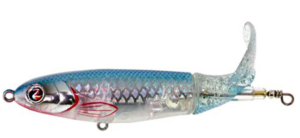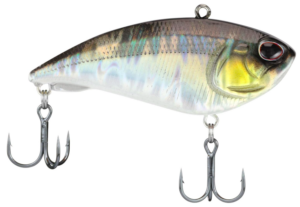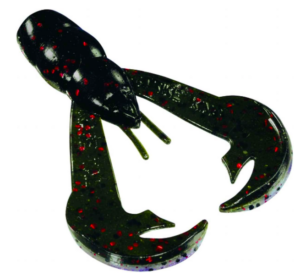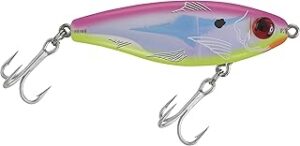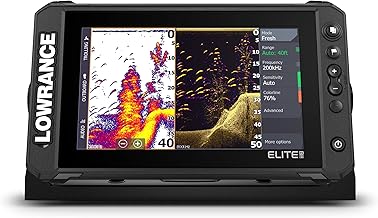Jacks & Pompano Fishing in Sarasota, Florida
Jack crevalle and Florida pompano are two very different species, but both offer fast action nearshore and inshore around Sarasota. Jacks hit hard and fight like a freight train, while pompano are prized for their excellent flavor and surf-side action.
Where to Catch Jacks & Pompano
Look for these species:
Jacks in schools busting bait in bays and passes
Pompano along sandy beaches and near piers
Both near flats, edges, and jetties
Tidal areas with moving current and bait
Best Time to Fish for Jacks & Pompano
| Season | Activity |
|---|---|
| Spring | Excellent action for both species |
| Summer | Good jacks; pompano may slow in peak heat |
| Fall | Pompano bite rebounds; jacks still active |
Peak Season: March through May & October through November
Tackle & Tips
Lures: Small jigs, spoons, and surface plugs
Bait: Sand fleas, shrimp, or cut bait
Leaders: 20–40 lb fluorocarbon
Technique: Cast into bait schools for jacks or work sandy troughs and drop-offs for pompano



